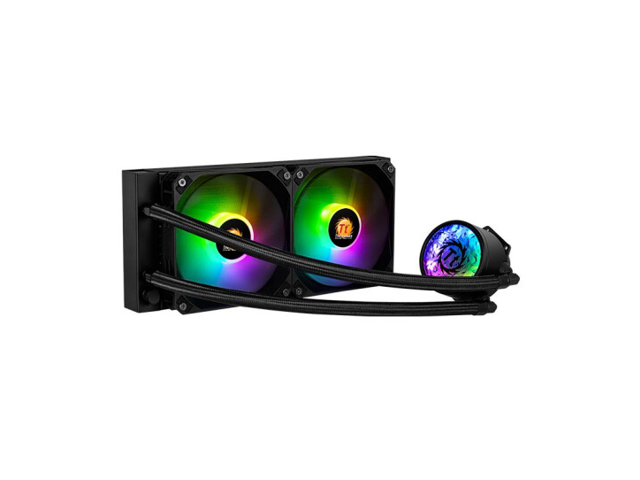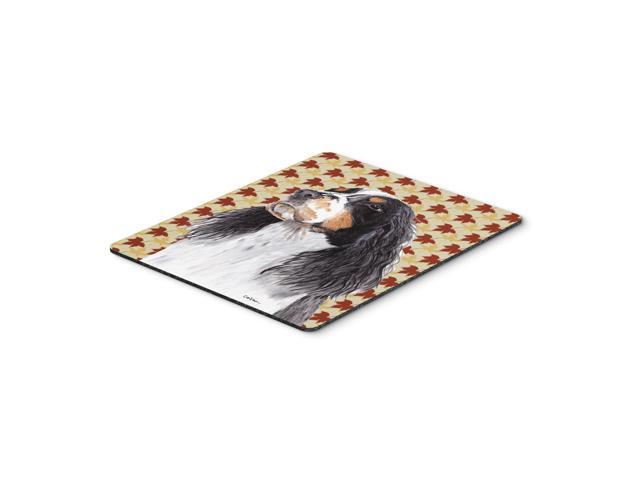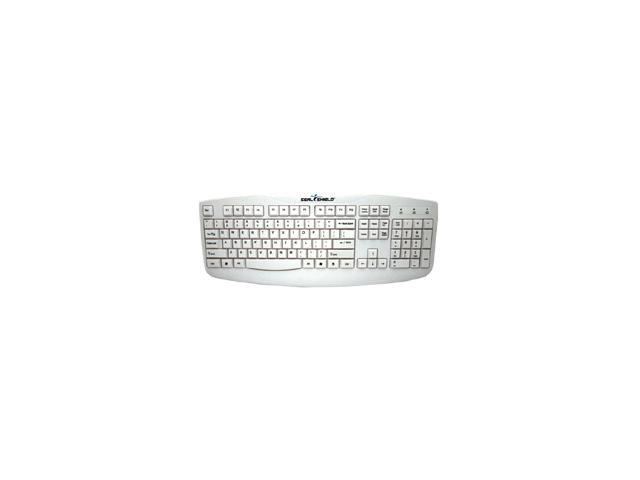Excerpt from Immobilization of Fingerling Salmon and Trout by Decompression
The pressure chamber was built from a -cm length of heavy-duty iron pipe, cm in diameter. End plates of clear plastic, cm thick, permitted observation of the test fish. Access to the chamber was gained through a port made from a -cm pipe sleeve fitted with a flange and cover plate. Additional sleeves pro vided plumbing attachments for water intake and discharge lines, air exhaust port, pressure gauge, and vacuum line. A -liter gallon) tank served as a vacuum reservoir and was connected to the pressure chamber by a rub ber hose cm thick. The vacuum was applied by activating a hand-operated, -cm ball valve on the chamber end of the hose.
The amount of negative pressure applied to the chamber was controlled by evacuating the reservoir to the desired level as indicated on a gauge. A second gauge plumbed into the cham ber monitored the pressure change. The vac uum was relieved by closing the vacuum line valve and venting the chamber by Opening a second 6-cm ball valve.
About 1 see was required to obtain 61 cm of mercury vacuum in the chamber when it was filled with water; sec were required to reach 71 cm of mercury vacuum because of the large amount of dissolved gasses liberated by the low negative pressure. At all negative pressures, it took one-half second to relieve the vacuum by opening the relief valve and closing the vacuum line valve.
About the Publisher
Forgotten Books publishes hundreds of thousands of rare and classic books. Find more at www.forgottenbooks.com
This book is a reproduction of an important historical work. Forgotten Books uses state-of-the-art technology to digitally reconstruct the work, preserving the original format whilst repairing imperfections present in the aged copy. In rare cases, an imperfection in the original, such as a blemish or missing page, may be replicated in our edition. We do, however, repair the vast majority of imperfections successfully; any imperfections that remain are intentionally left to preserve the state of such historical works.















